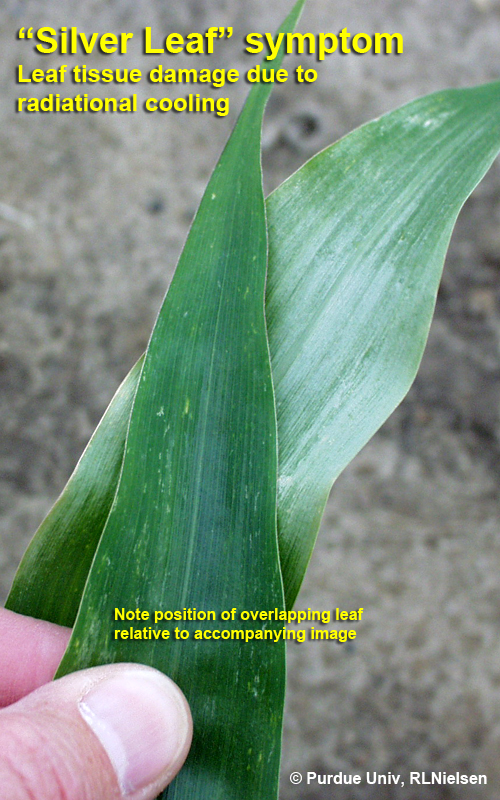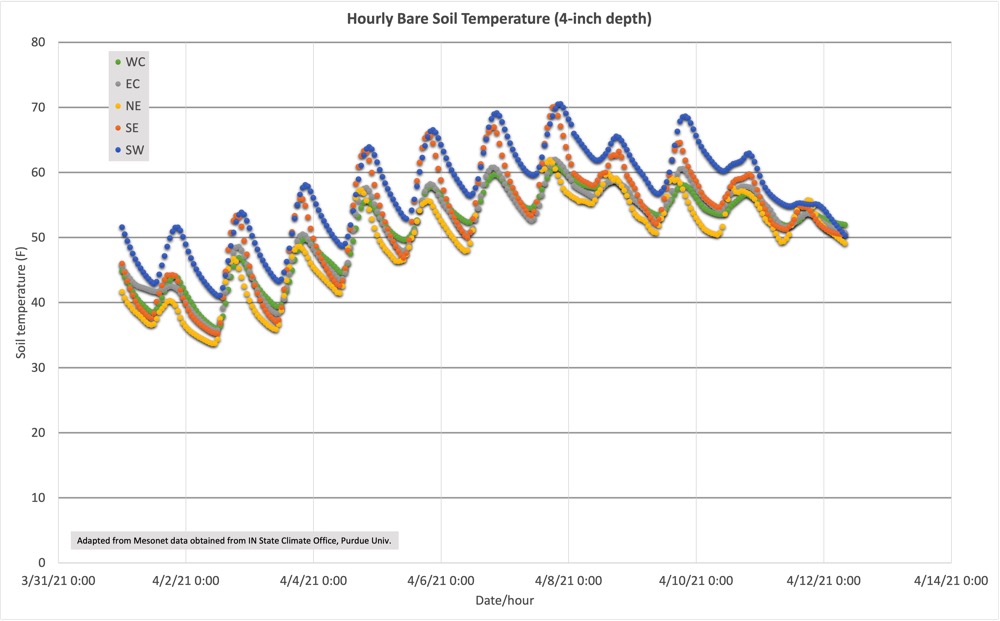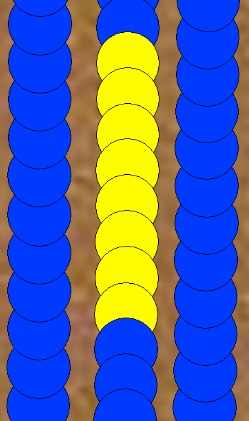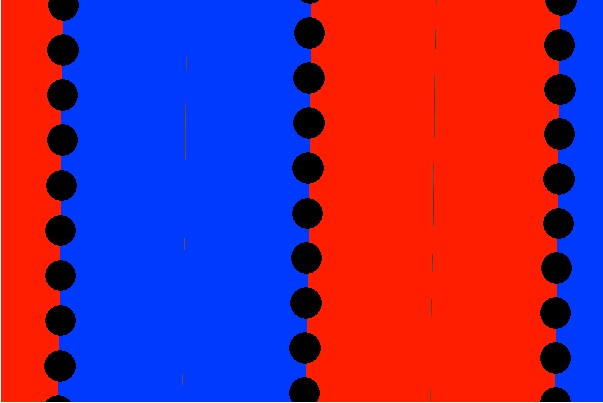
Forecasts of unusually low temperatures in late May or early June can set off warning bells for corn growers and lead to fearmongering about frost damage to young corn.


Forecasts of unusually low temperatures in late May or early June can set off warning bells for corn growers and lead to fearmongering about frost damage to young corn.
On this episode, they discuss last weekend’s heavy rains and the impact it might have on corn and soybeans, when you might start thinking about replant, and how the amount of growing degree days has been lacking to start the season.
Here’s a FAQ page that answers some questions about FAA’s new regulations regarding remote identification for drones that took effect yesterday.
Uniformly adequate soil moisture at seeding depth is important for assuring rapid and uniform germination of a newly planted corn crop.
Planting season is here and there has been some of that activity in Indiana, but is it the right time, or maybe too early?

Corn germination and emergence rely heavily on soil temperature. The warmer the soils, the faster emergence occurs. Emergence requires roughly 115 Growing Degree Days (GDDs) accumulated from planting.
The Federal Aviation Administration (FAA) announced final rules in December 2020 for Unmanned Aircraft Systems (UAS), aka drones, that will potentially impact many Part 107 certificate holders in the coming years.
Purdue Extension Corn Specialist Bob Nielsen and Soybean Specialist Shaun Casteel are back on another episode of the Purdue Crop Chat podcast.

While we often focus on the importance of yield monitor calibration relative to logging accurate yield estimates during grain harvest, there are other yield monitor settings that can inadvertently influence yield estimates.

Geo-positional inaccuracies in DGPS signals affect the accuracy of yield monitor data in various ways.
© 2025 Purdue University | An equal access/equal opportunity university | Copyright Complaints | Maintained by Pest&Crop newsletter
If you have trouble accessing this page because of a disability, please contact Pest&Crop newsletter at luck@purdue.edu.